
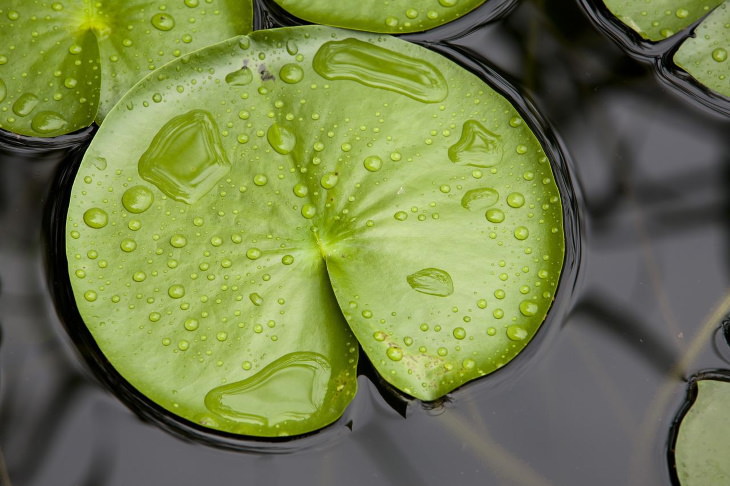
The elegant lotus is one of the most famous plants in the world. While it is usually the lotus flower that gets all the limelight, this story is about the more understated part of this aquatic plant - its leaves.
In 1977, scientists observed that lotus leaves are so good at repelling water that the surface of the leaves becomes dirt- and water-resistant. They named this self-cleaning property “the lotus effect.”
Two decades later, in 1999, a building supply company called Sto figured that water and dirt resistance are great qualities for outdoor paint. So they mimicked the lotus effect and developed a self-cleaning outdoor paint. Named Lotusan, the paint imitates the surface of lotus leaves, repelling all moisture and dirt from exteriors.

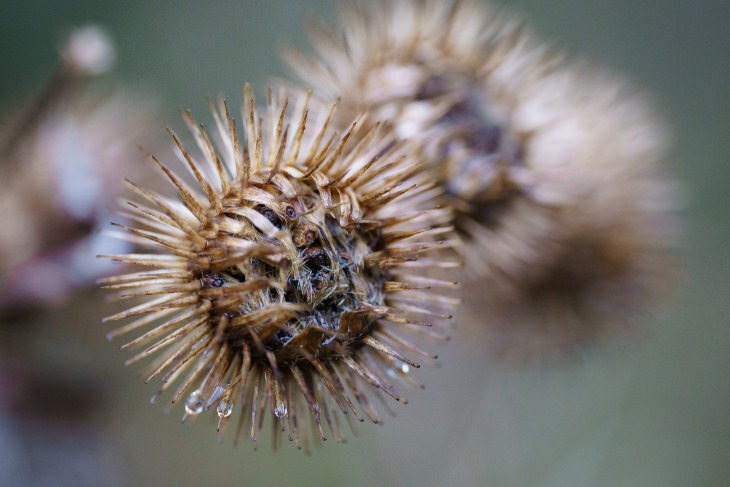
One of the most well-known examples of biomimicry is the development of VELCRO. The famous “hook and loop” fastener was created in the 1940s by Swiss engineer George de Mestral. De Mestral got the inspiration for his invention while hunting. The inventor noticed a few burdock pods stuck to his dog’s fur and the inventor's own clothing.
He examined the hook-like structures of the burdock pods and decided to repeat the same idea in a clothing fastener of his own design. Needless to say, his genius fastener is still widely used now.
Related Article: The Science of Biomimicry: Cool Robots Inspired by Nature
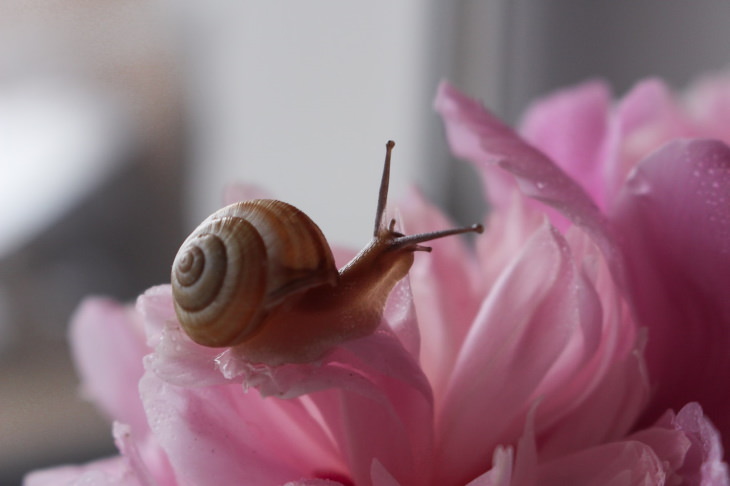
Snails and slugs are not the most lovable animals out there, but you’ll surely change your mind about these slimy mollusks once you learn about the innovation they have inspired. That’s because slug slime is the basis for a brand new biomedical adhesive that can be used for mending tissues that are otherwise very tough to repair, such as a beating heart, lungs, and connective tissue.
This surgical superglue has many advantages: it’s very malleable, non-toxic, incredibly sticky, and biocompatible too (meaning that the human body will not reject it). Those slugs are starting to look cuter and cuter by the minute, aren’t they?
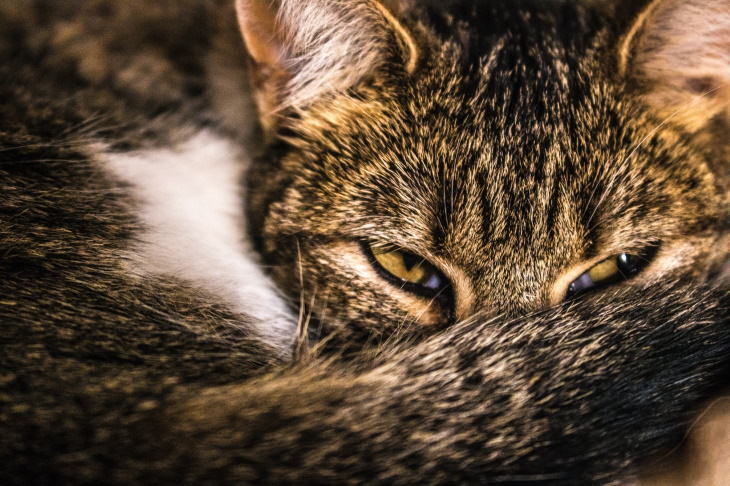
Are you familiar with those safety lights on bikes that reflect light at night, or street signs and road markings that shine when exposed to a car’s headlights? These features make driving at night so much safer for everyone, but few people know we should thank our friendly cat neighbors for them.
Many nocturnal carnivores, including cats and dogs, have a specialized pigment named tapetum lucidum in their eyes. This pigment reflects light at night - a pretty useful feature if you’re a feline and need good night vision to hunt down your prey, you'll agree. As you probably already guessed, scientists learned to make a very similar pigment in the lab, and now we can paint it on pretty much anything we want to be illuminated at night.
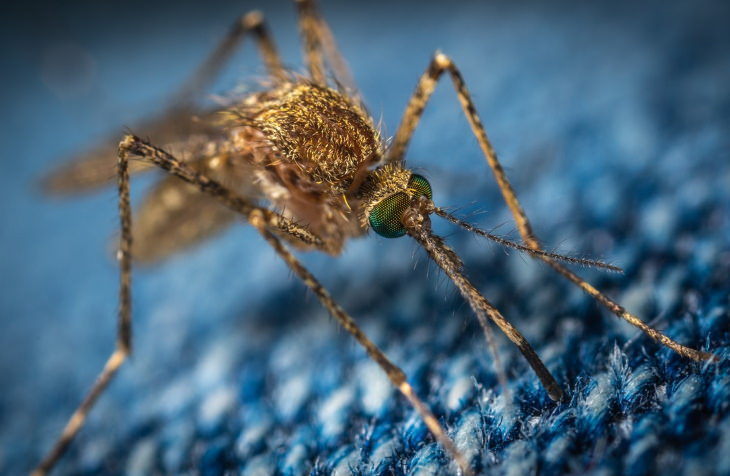
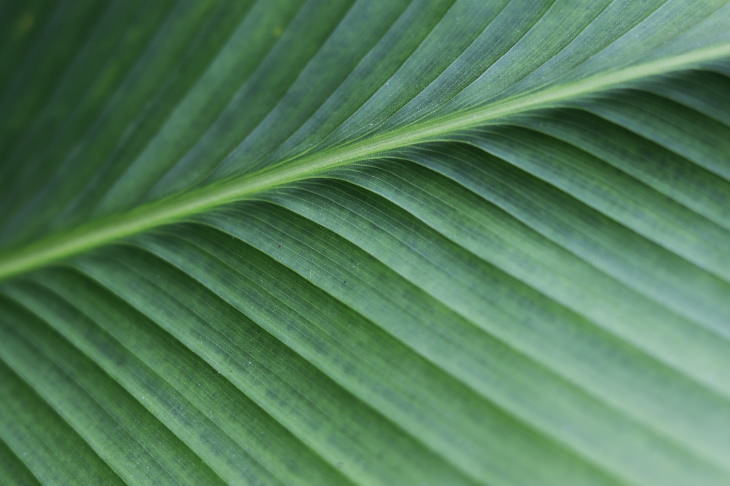
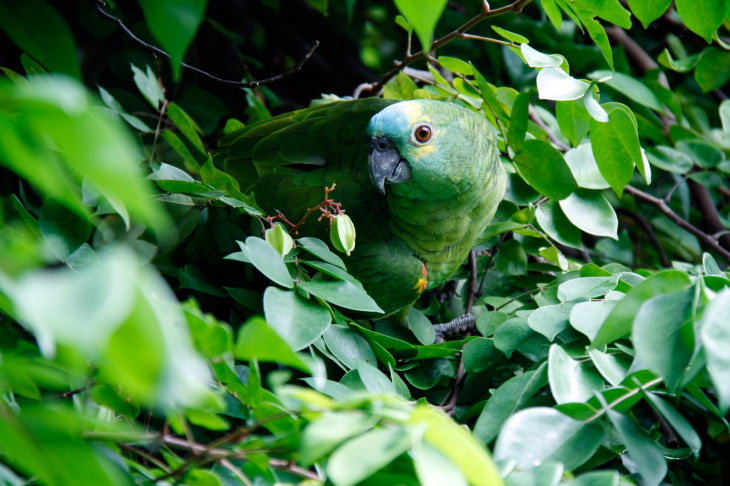
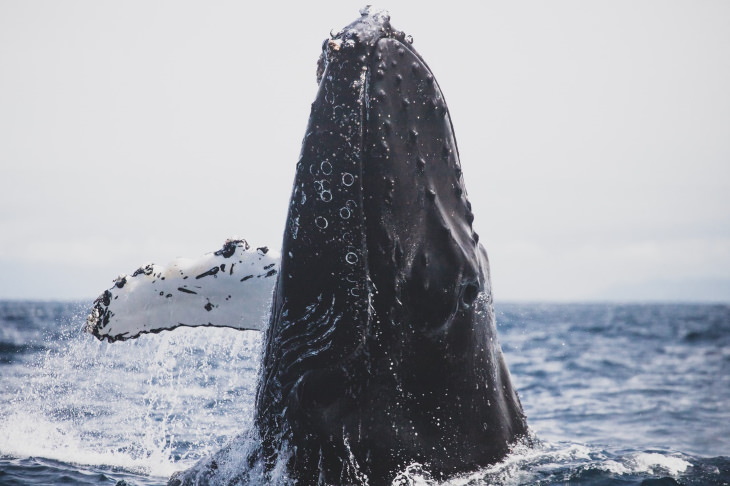
If you think about it, submarines are pretty much whales you can live in: both are massive, both spend the majority of time underwater, they have a very similar shape, and both use sonar. So it comes as no surprise that scientists invented submarines after studying whales.
Another whale-inspired innovation is wind turbines with a saw-like design. This type of wind turbine is considered more efficient and quieter than traditional turbines. And the design itself was borrowed from the bumpy flippers of the Humpback whale. It turns out the fin bumps help the flippers move more efficiently. Who knew?

The first plane designs observed nature and tried to imitate birds. For instance, the Flyer (the Wright brothers’ first aircraft) repeated the way air boosts the bird’s lift as it moves over its wings. Other early aeronautical engineers were inspired by birds too, and many modern-day planes still kind of look like birds today.
That being said, modern aircraft moved past bird inspirations. For example, NASA and Boeing dove into the world of aquatic life when designing the famous X-48 aircraft. This plane, which is said to be faster, more efficient, and quieter than its counterparts, was inspired by the graceful manta ray slowly gliding through the ocean.
Related Article: 11 Architectural Masterpieces Worldwide Inspired by Nature
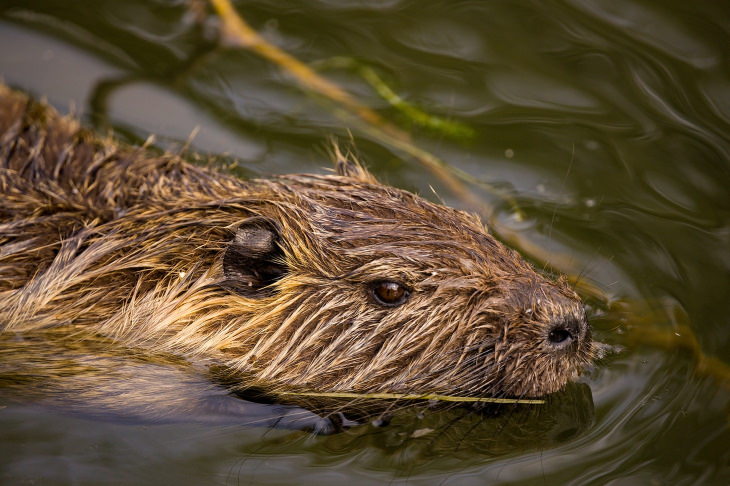

Are termites a nuisance or a blessing? The answer will depend on who you ask. That’s because some architects used termite mounds as the basis of a revolutionary way to design buildings. It all started when the Zimbabwean architect Mick Pearce saw a termite mound on a golf course. Pearce noticed that the shape and overall design of the termite nest allowed optimal ventilation. Termite mounds are tall and contain strategically placed holes that allow hot air to move and escape through the top, leaving the nest's interior relatively cool.
The architect started incorporating elements of the termite mound design into the buildings he designed in Zimbabwe and Australia. And as a result, he pioneered a self-cooling building design that maintains moderate temperatures indoors without air conditioning.
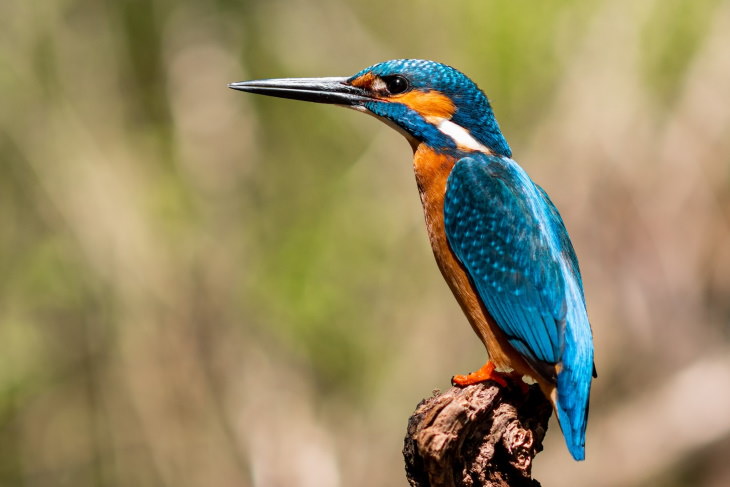
You’re surely familiar with the Japanese Shinkansen Bullet Train. The design made trains much faster than before, and many other countries now have bullet train networks of their own. A big part of the train’s success is due to its aerodynamic design that reduces air resistance and makes it quieter even at speeds of 150-200 mph. This design also allows the train to save around 15 percent of electricity.
Contrary to popular belief, however, the bullet train was not designed after the shape of a bullet. Instead, the train was modeled after the long and narrow beak of the kingfisher - a predatory bird known for diving into the water and catching fish without making a splash.
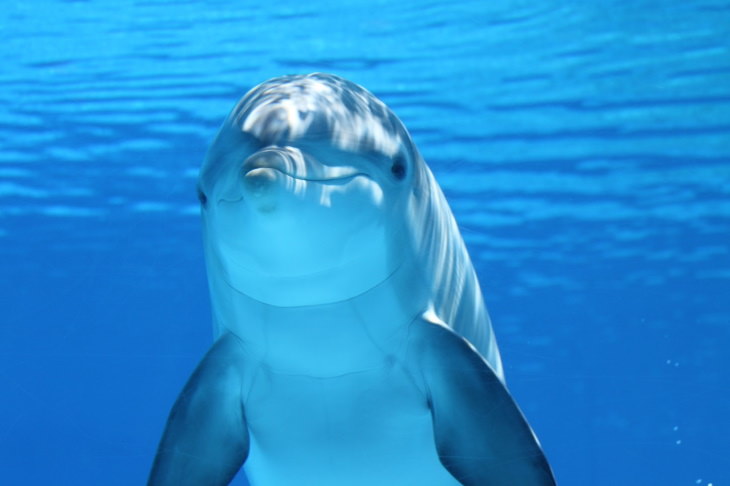
The tragic sinking of the Titanic made it evident to researchers that there is a need for technology capable of detecting objects underwater. Only three years after the tragedy, in 1915, Paul Langevin did just that - he invented a scanning system that measured the echo of sound waves to detect underwater objects.
This system is known under the name SONAR, and it’s immensely useful for humans today. However, let’s not forget that it has been the go-to form of communication and navigation for both marine animals like dolphins and whales, as well as bats for millennia. In the animal world, this capacity is known as echolocation.
H/T: Mental Floss, Business Insider, Biomimicry.org, Dawn.com